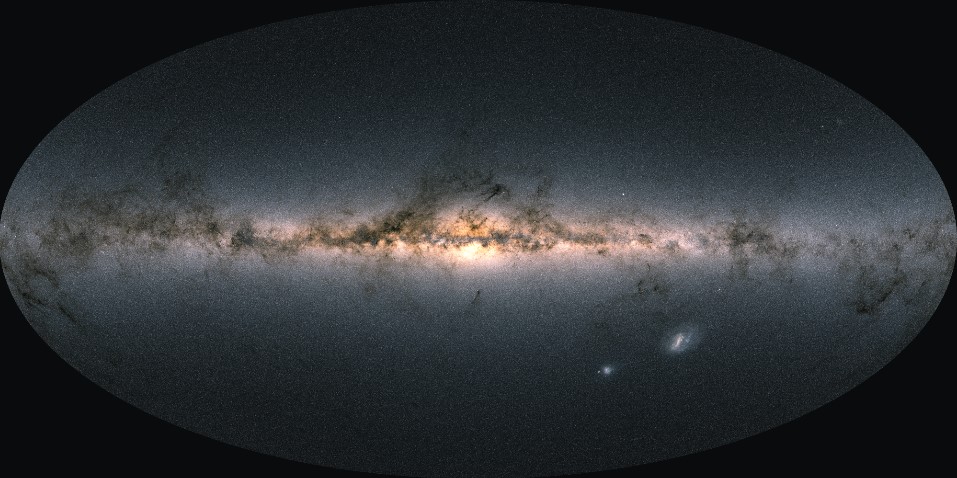The purpose of the GAIA mission is to provide a three-dimensional map of approximately one billion stars throughout the galaxy and beyond. It gives the detailed physical properties of each star, gathering basic observational data to tackle a large range of problems related to the origin, structure and evolutionary history of our galaxy.
The principal and most prominent feature of the Gaia mission during its manufacture was the high-precision optical payload. Indeed, the telescope is composed of two telescopes that combine their image on the same detector. Therefore, the alignment is absolutely critical.
To carry out the alignment of the three mirrors on each of the two telescopes, Astrium (now Airbus Defense and Space) has chosen to use the R-FLEX from Imagine Optic. The R-FLEX is an optical metrology instrument that characterizes the aberrations of an optical system in a “double-pass” configuration. The alignment process, based on wavefront measurements compared to a predictive model realized with CODE V, is described in detail in the article “The optical alignment of the two GAIA three mirror anastigmatic telescopes.”
The extreme accuracy of the Rflex combined with the quality of its implementation by ASTRIUM’s teams allowed the two GAIA telescopes to reach the necessary optical quality (i.e., 50 nm). Today, the Gaia mission is creating a precise three-dimensional map of astronomical objects throughout the Milky Way and also mapping their movements, which encode the origin and subsequent evolution of the Milky Way.
If you’re interested in finding out more about our line of Wavefront Sensors and Optical Metrology Systems, you can reach us at sales@imagine-optic.com or through the contact form (red enveloppe on the side).

